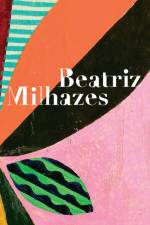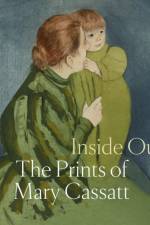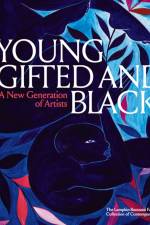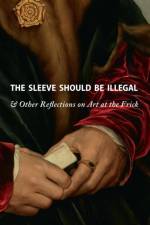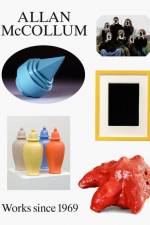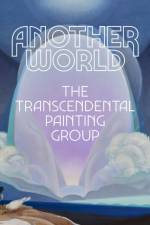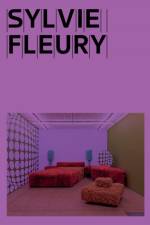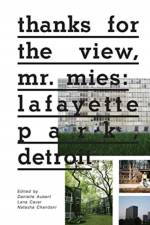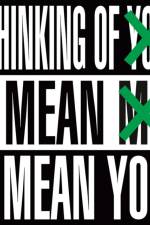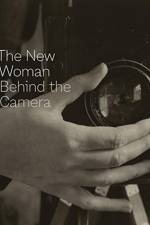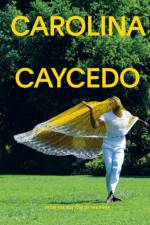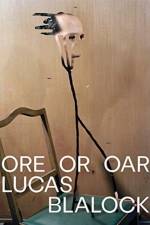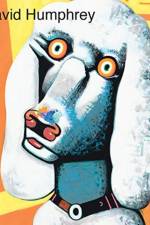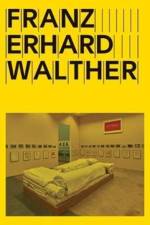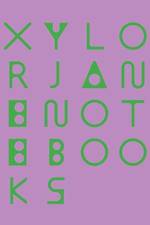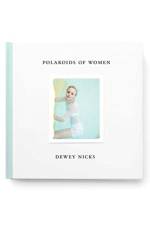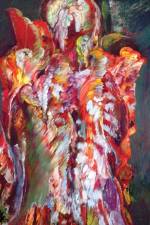- & Other Reflections on Art at the Frick
av Michaelyn Mitchell
349
Explore the treasures of The Frick Collection through the eyes of a diverse group of contemporary writers, artists and other cultural figures, from George Condo, Lydia Davis and Julie Mehretu to Abbi Jacobson and Edmund WhiteA cultural haven for museumgoers in New York and beyond, The Frick Collection holds masterpieces by some of the most celebrated artists in the Western tradition--among them Bellini, Gainsborough, Goya, Rembrandt, Vermeer and Whistler--installed in a Gilded Age mansion on Fifth Avenue. This book includes 61 reflections on the Frick's preeminent collection, with the contributors writing about an artwork that has personal significance, sharing how it has moved, challenged, puzzled or inspired them. Each text is accompanied by an illustration of the artwork. For example, writer Jonathan Lethem tells how he started going to the Frick as a teenager, to gaze at Hans Holbein's portraits of Thomas Cromwell and Sir Thomas More. Historian Simon Schama revels in Turner's Mortlake Terrace: Early Summer Morning, which reminds him of his own childhood growing up next to the River Thames. This engaging anthology attests to the inspirational power of art and reminds us that there is no one way to look. Authors include: André Aciman, Ida Applebroog, Firelei Báez, Victoria Beckham, Tom Bianchi, Carter Brey, Rosanne Cash, Jerome Charyn, Roz Chast, George Condo, Gregory Crewdson, Joan K. Davidson, Lydia Davis, Edmund de Waal, Rineke Dijkstra, Mark Doty, Lena Dunham, Stephen Ellcock, Donald Fagen, Rachel Feinstein and John Currin, Teresita Fernández, Bryan Ferry, Michael Frank, Moeko Fujii, Adam Gopnik, Vivian Gornick, Agnes Gund, Carolina Herrera, Alexandra Horowitz, Abbi Jacobson, Bill T. Jones, Maira Kalman, Nina Katchadourian, Susanna Kaysen, Jonathan Lethem, Kate D. Levin, David Masello, Julie Mehretu, Daniel Mendelsohn, Rick Meyerowitz, Duane Michals, Susan Minot, Mark Morris, Nico Muhly, Vik Muniz, Wangechi Mutu, Catherine Opie, Jed Perl, Taylor M. Polites, Diana Rigg, Jenny Saville, Simon Schama, Lloyd Schwartz, Annabelle Selldorf, Arlene Shechet, Judith Thurman, Colm Tóibín, Chris Ware, Darren Waterston, Edmund White and Robert Wilson.

